Canada’s vast landscapes are dotted with hidden gems. However, Canada’s small towns are redefining what it means to thrive in the 21st century. A fresh wave of communities from rugged coastal hamlets to sun-drenched interior valleys is stepping into the spotlight as urban centers across the country grapple with soaring housing costs and congested streets. These towns combine affordability with ambition, attracting families and entrepreneurs, spurring innovative industries, and celebrating local culture in ways that make each place unmistakably its own. These up-and-coming towns are proof that big opportunities come in small packages.
In this article, we’ll introduce you to twenty up-and-coming Canadian towns whose remarkable transformations are worth watching.
Revelstoke, British Columbia
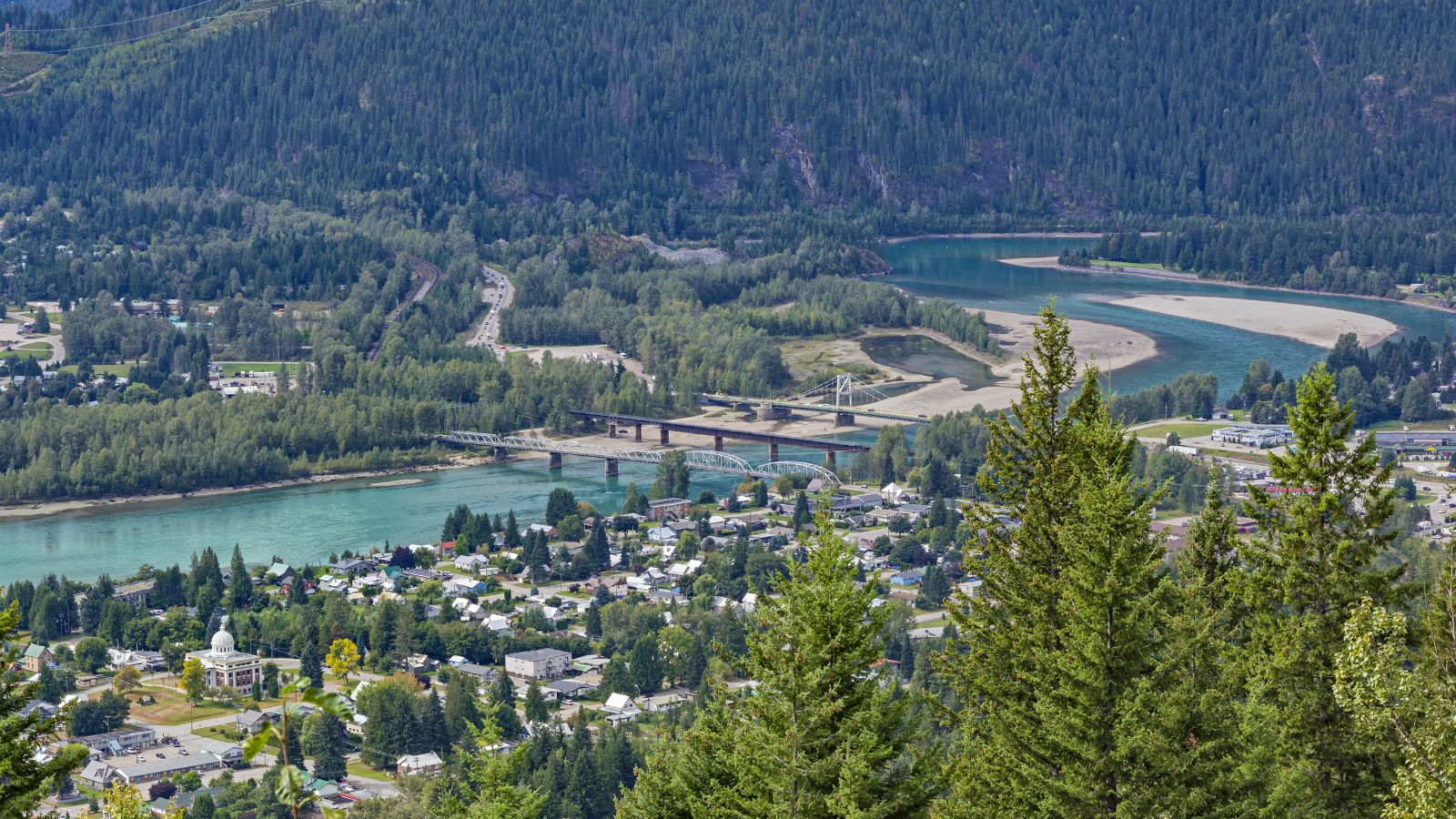
Nestled at the confluence of the Columbia and Illecillewaet Rivers, Revelstoke has long been a haven for skiers and outdoor enthusiasts. Yet in recent years, it has transcended its mountain-town stereotype. Major investments in new chairlifts and high-end resort facilities are transforming it into a world-class ski destination, while a spike in vacation-home developments is buoying the real estate market. Local entrepreneurs are capitalizing on the influx: craft breweries, farm-to-table eateries, and artisan shops have sprouted downtown, giving Revelstoke a vibrant cultural heartbeat beyond its snowy peaks.
Kelowna, British Columbia
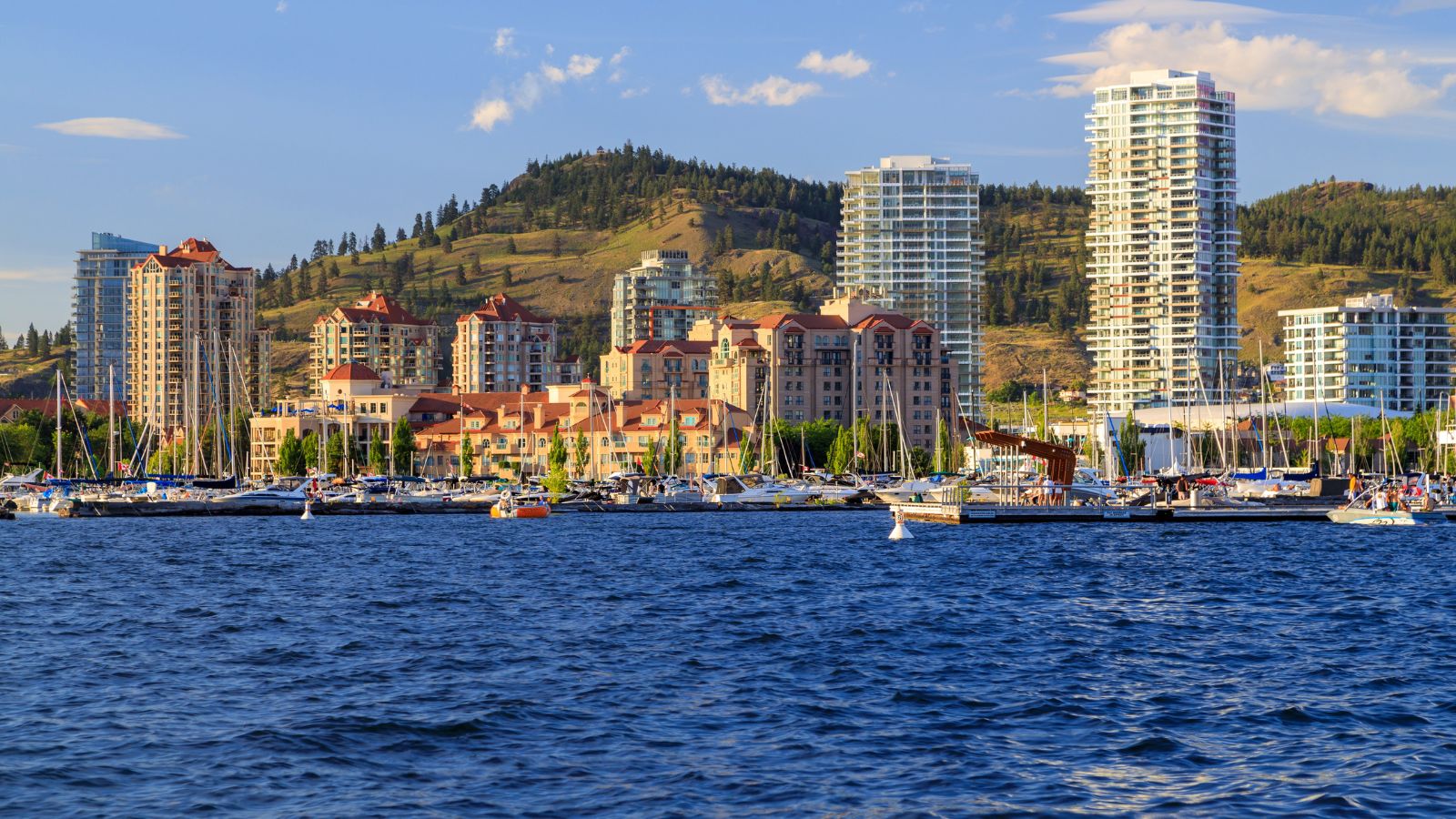
Armed with over 2,000 hours of sunshine a year, Kelowna is emerging as one of Canada’s fastest-growing mid-size cities. Its Wine Country status has drawn investors and tourists alike, but the city’s real engine is its diversified economy: technology startups rub shoulders with agricultural operations, while healthcare and education sectors expand to meet rising demand. The scenic Okanagan Lake waterfront is undergoing redevelopment, featuring new parks, bike paths, and condo projects that balance urban density with green space.
Terrace, British Columbia
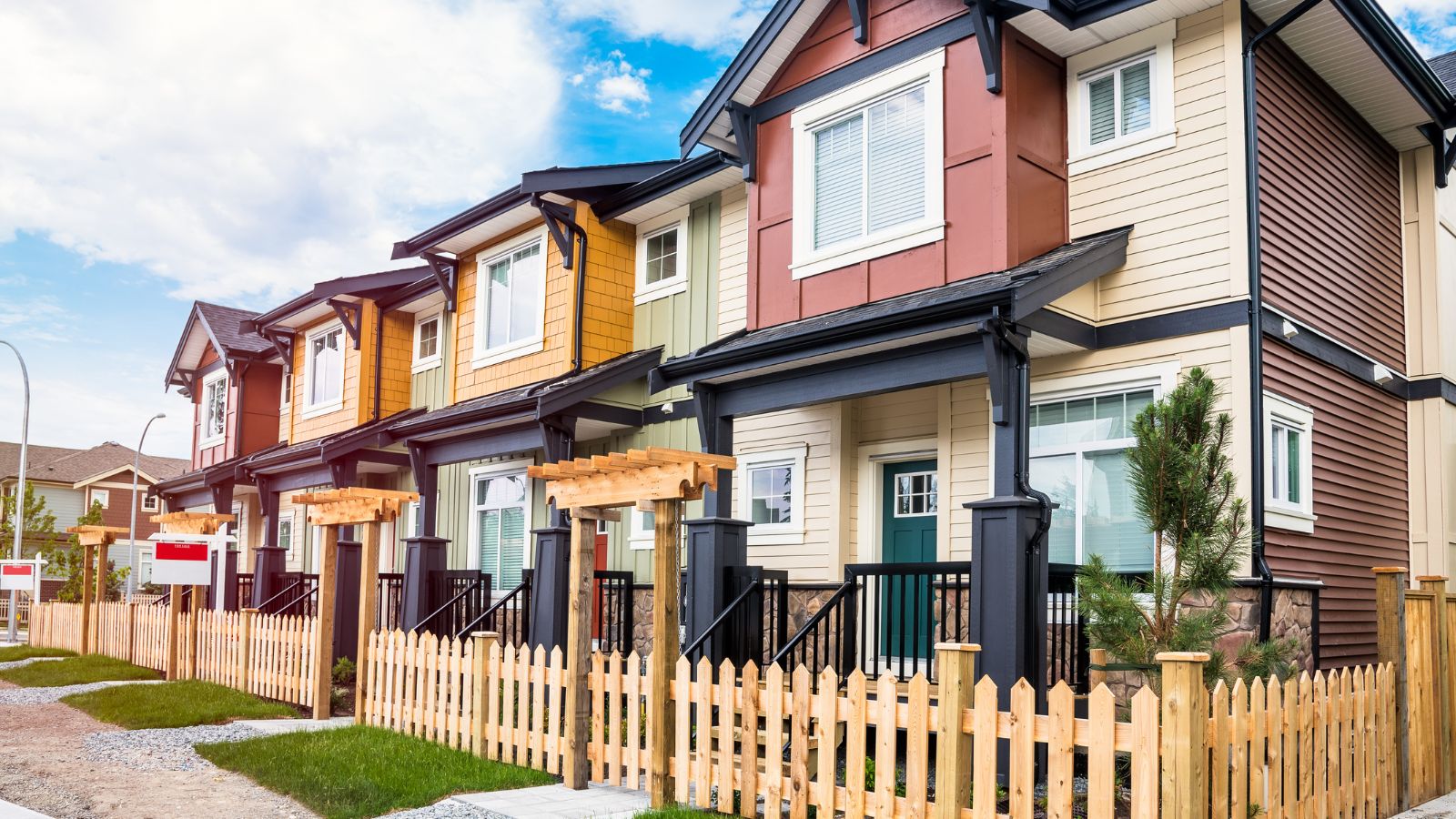
Terrace is stepping into the limelight thanks to the nearby liquefied natural gas (LNG) terminal at Kitimat. With an anticipated $40 billion of energy infrastructure on the horizon, Terrace is gearing up for a population surge. Developers are breaking ground on new housing projects, while local businesses are expanding to serve an influx of skilled workers. Importantly, community leaders are emphasizing sustainable growth investments in public transit, renewable energy, and First Nations partnerships to ensure that Terrace’s boom benefits everyone.
Chemainus, British Columbia
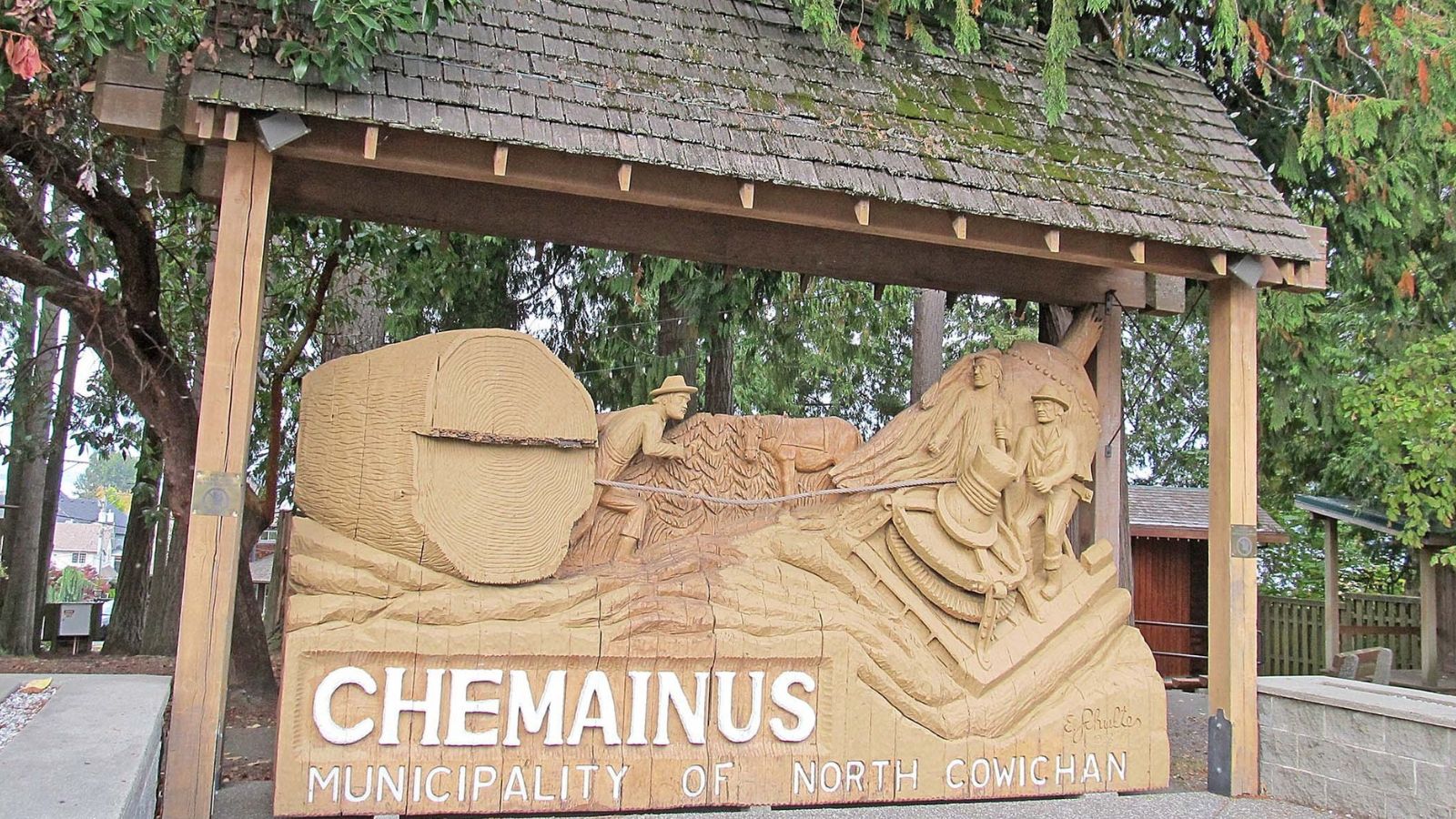
Once a timber town on Vancouver Island, Chemainus reinvented itself as Canada’s “Mural Town” in the 1980s. Today, its reputation as an arts destination continues to grow: over 40 outdoor murals chronicle local history, while a refurbished theatre and new gallery spaces host festivals year-round. Affordable real estate has drawn retirees and remote workers, keen to trade big-city bustle for boardwalk strolls and seaside sunsets.
Lethbridge, Alberta
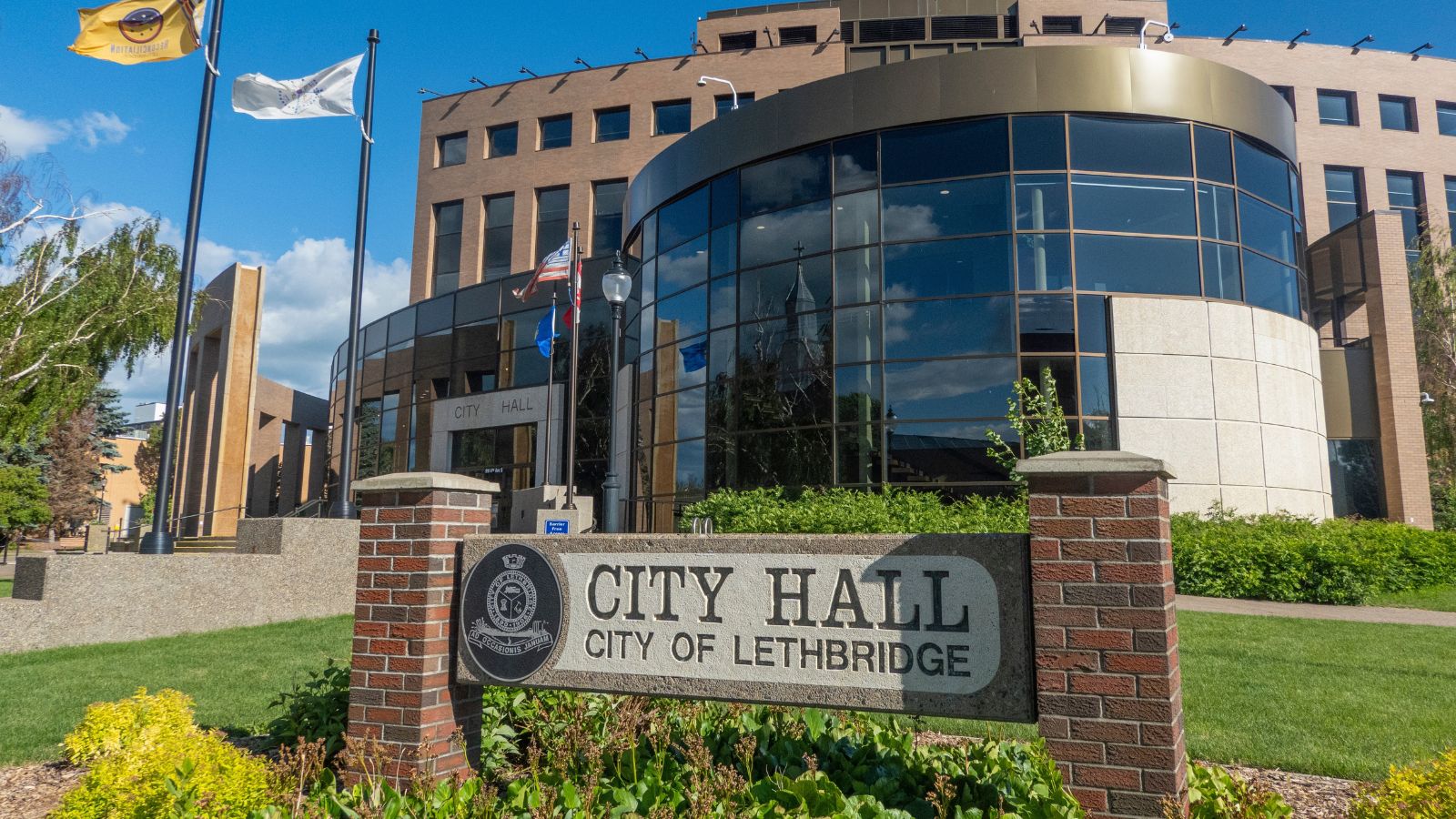
With median home prices well below national averages, Lethbridge has become a magnet for families and investors seeking affordability without sacrificing amenities. The city’s agricultural roots are evolving into agri-tech ventures, leveraging the University of Lethbridge’s research strengths. Meanwhile, downtown revitalization efforts featuring indie cafés, a revitalized arts district, and parks along the Oldman River are fostering a lively urban core.
Edmonton, Alberta
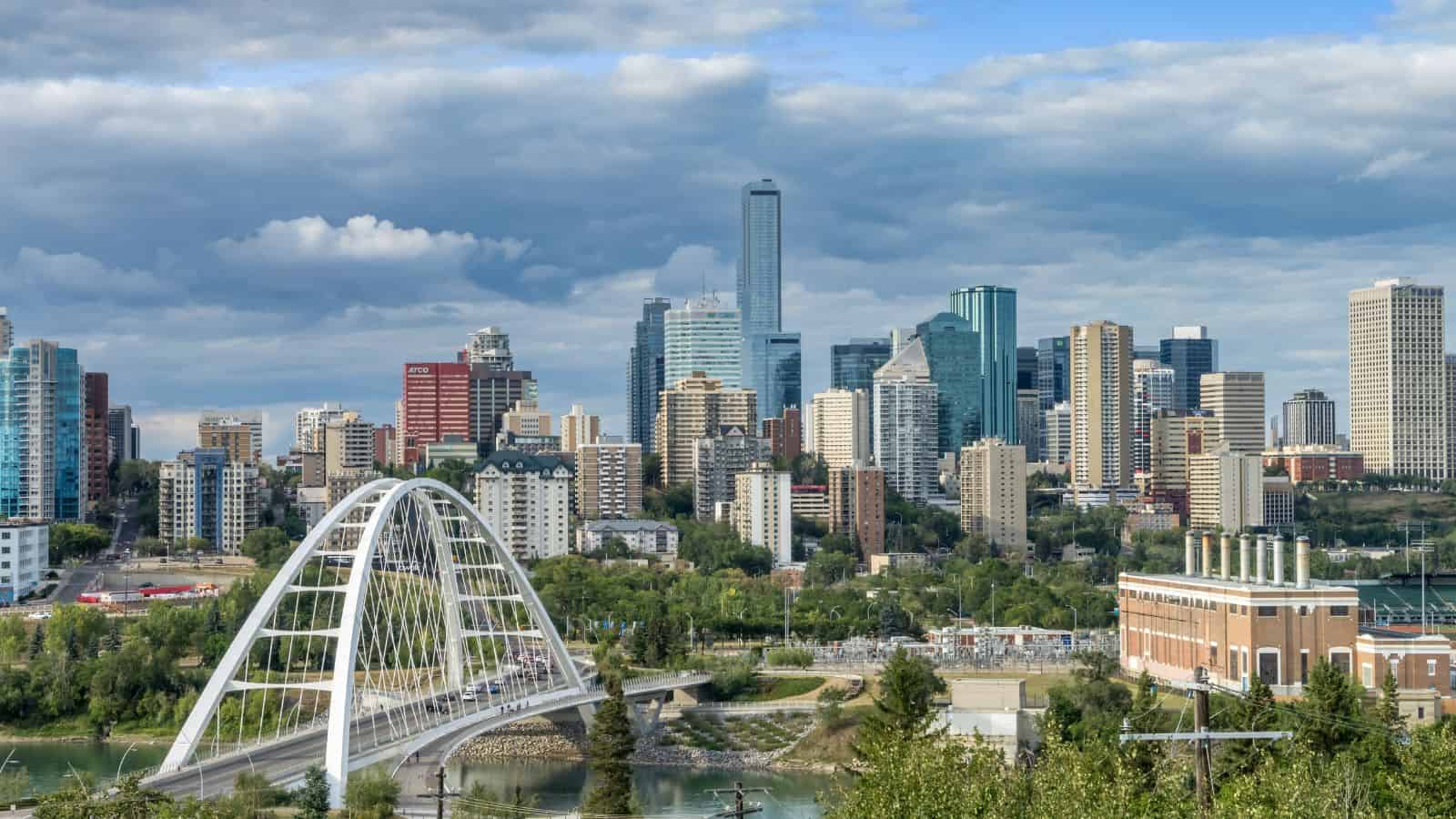
Alberta’s capital has shaken off its historical reliance on oil, emerging as a diversified economy powered by fintech, aerospace, and logistics. Affordable industrial land and pro-business policies have made Edmonton a startup hotspot, especially in the north-end Innovation Park. Residential neighborhoods are also benefiting from new LRT expansions, greenway projects, and mixed-use developments that integrate shopping, living, and green spaces.
Taber, Alberta
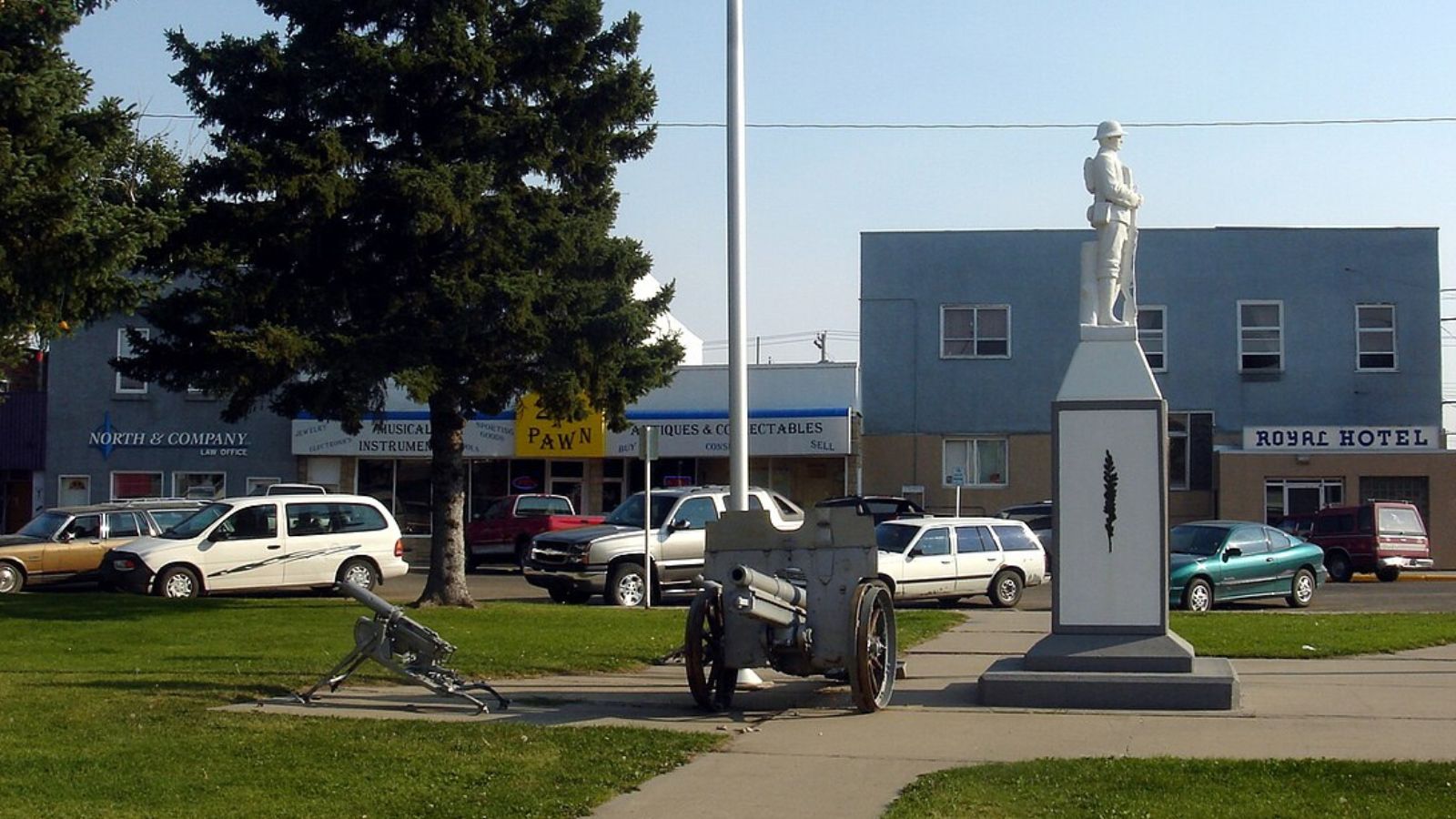
Known affectionately as the “Corn Capital of Canada,” Taber’s fertile fields underpin a robust agricultural economy. However, Taber isn’t resting on its laurels: the town hosts Canada’s largest free family festival, Cornfest, each summer, drawing over 40,000 visitors. These events have prompted upgrades in hospitality infrastructure, such as hotels, campgrounds, and new recreational facilities, that are paying dividends in tourism revenue.
Saskatoon, Saskatchewan
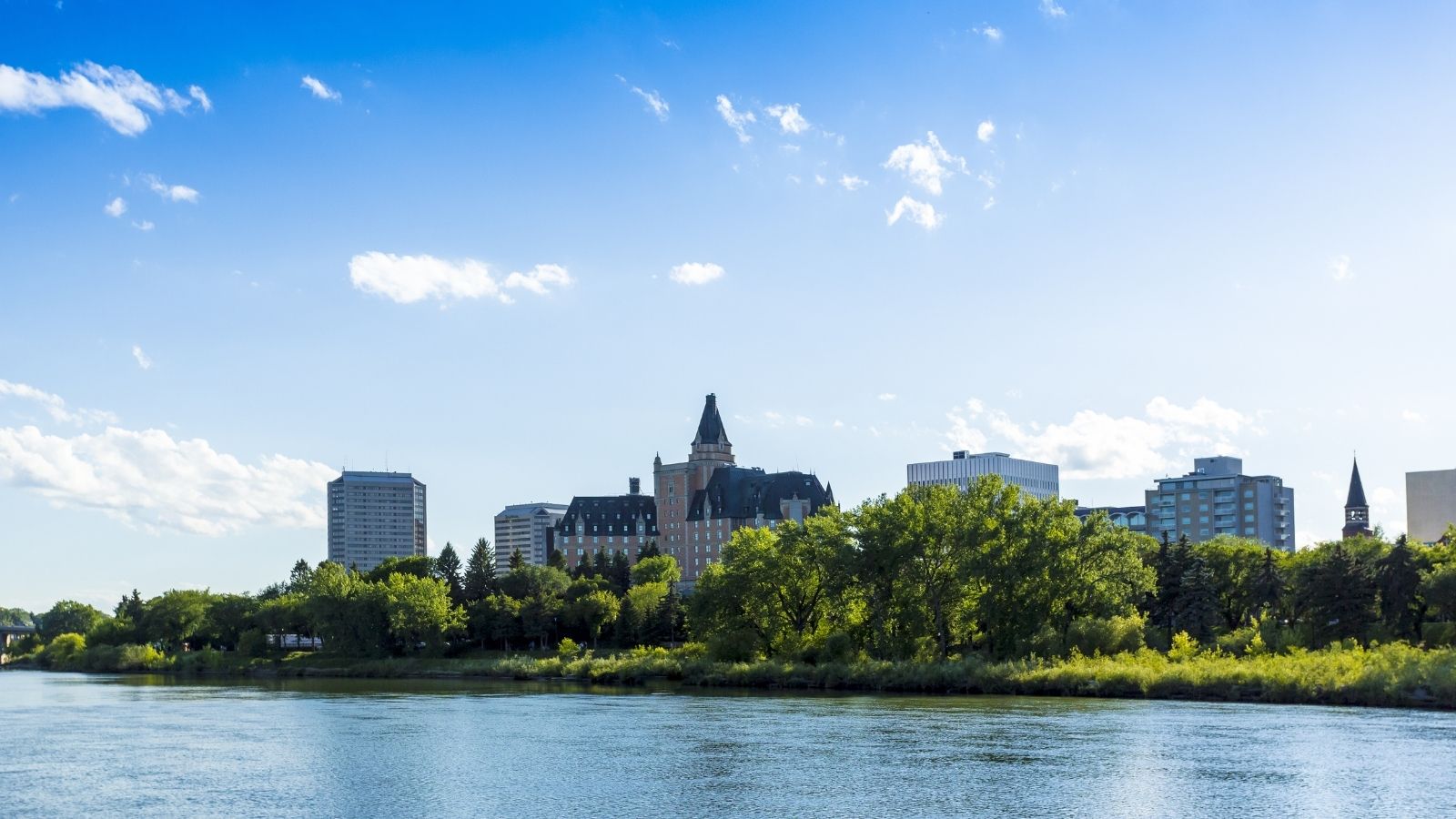
Saskatoon’s skyline is punctuated by cranes signaling billions of dollars in mining and potash projects. The city’s strategic location on the Trans-Canada Yellowhead Highway and access to rail and river transport have attracted multinational corporations. Yet it balances heavy industry with a vibrant cultural scene: the riverbank is lined with parks, festivals like Saskatoon Jazz Fest bring international acts, and a thriving university community fuels youthful energy.
Kitchener, Ontario
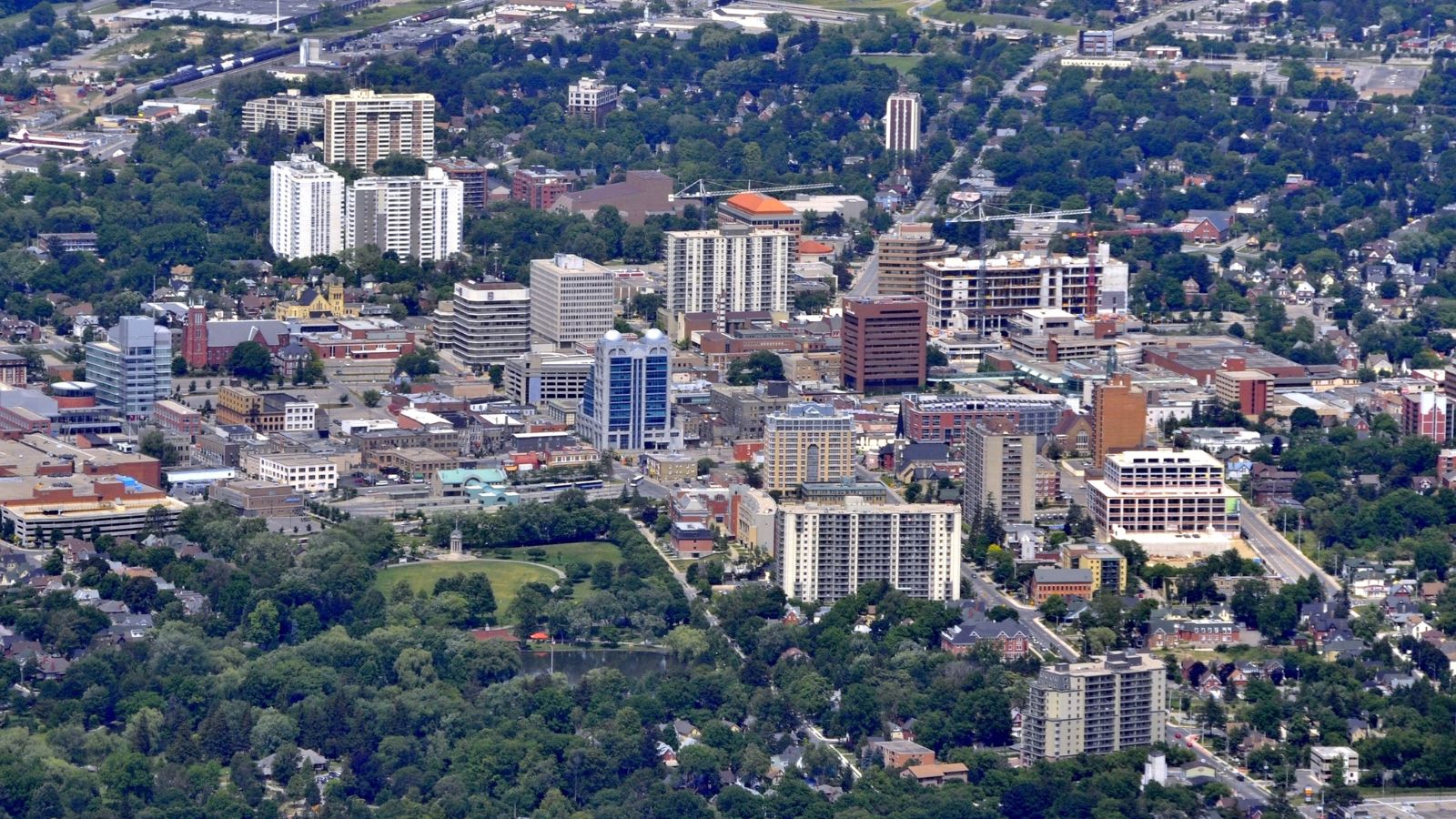
Part of the celebrated Waterloo Region, Kitchener has graduated from its manufacturing past into a tech powerhouse. “Startup Garage” incubators dot the city, and global players have opened R&D labs, thanks in part to the University of Waterloo’s talent pipeline. At the same time, rapid transit expansions and heritage restoration projects are knitting together historic neighborhoods and contemporary condos.
Brantford, Ontario
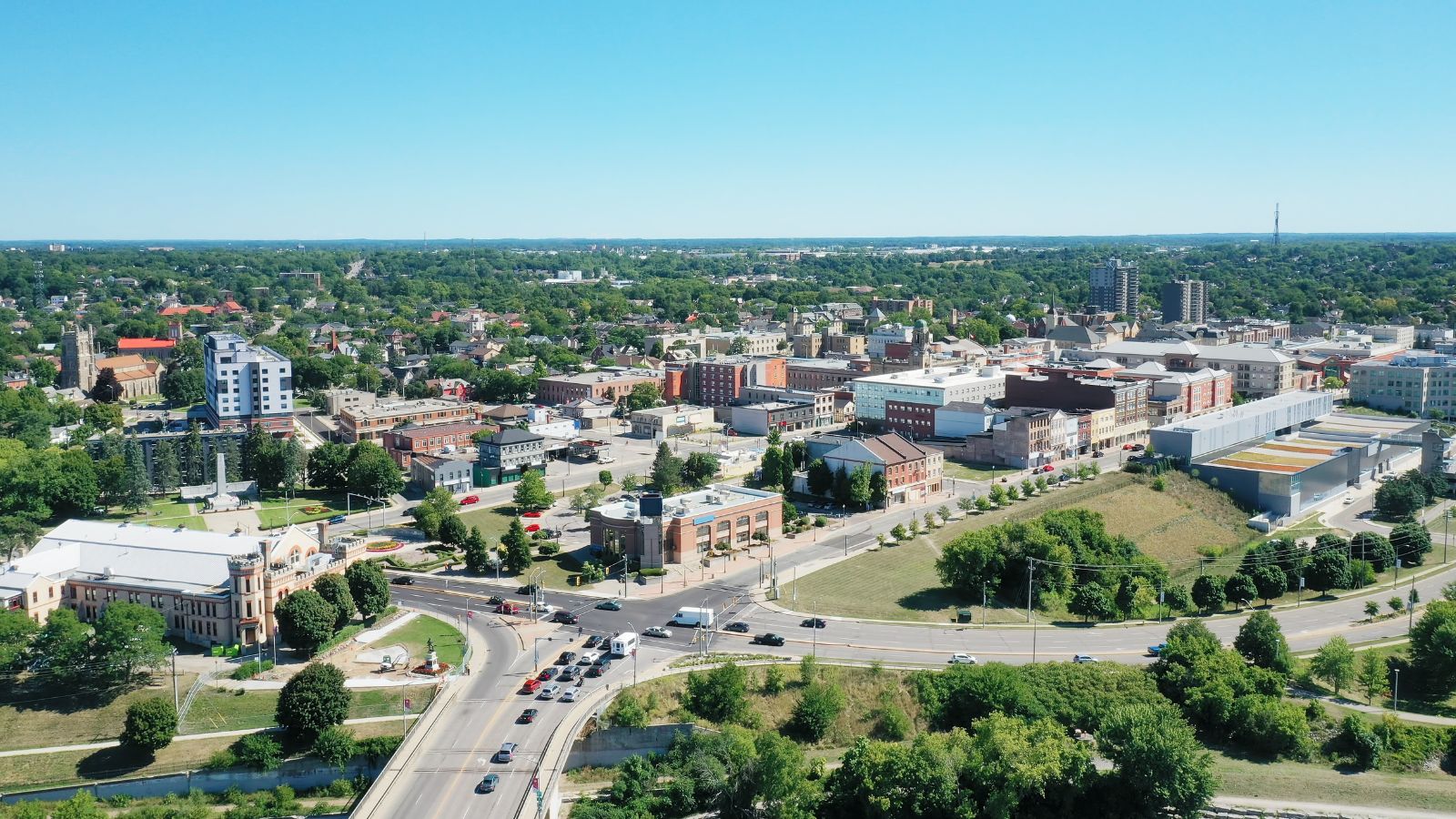
Brantford calls itself “the Telephone City,” honoring Alexander Graham Bell’s pioneering work here. Today, it offers small-city charm with big-city access. Toronto is a 90-minute train ride away. Affordable real estate has drawn young families, while downtown revitalization efforts are luring boutique shops, craft breweries, and co-working spaces into restored heritage buildings.
Barrie, Ontario
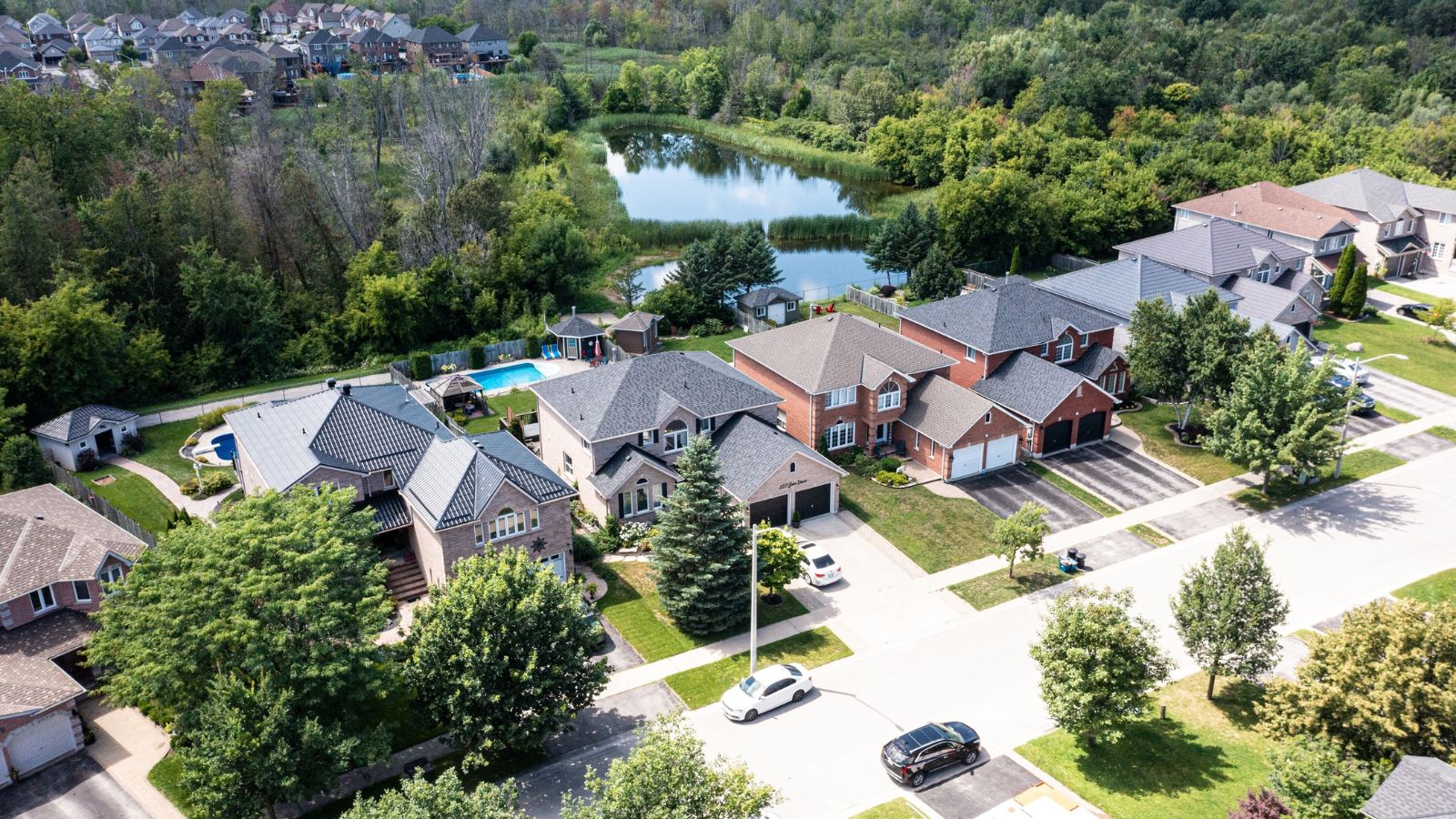
Situated on the western shore of Lake Simcoe, Barrie is the poster child for balanced growth. Waterfront boardwalks, skiing at nearby Horseshoe Resort, and festivals like Kempenfest showcase its recreational credentials. Simultaneously, a light-rail line and highway expansions are easing commutes to Toronto, positioning Barrie as a premier bedroom community without forsaking its own job market in healthcare and manufacturing.
Burlington, Ontario
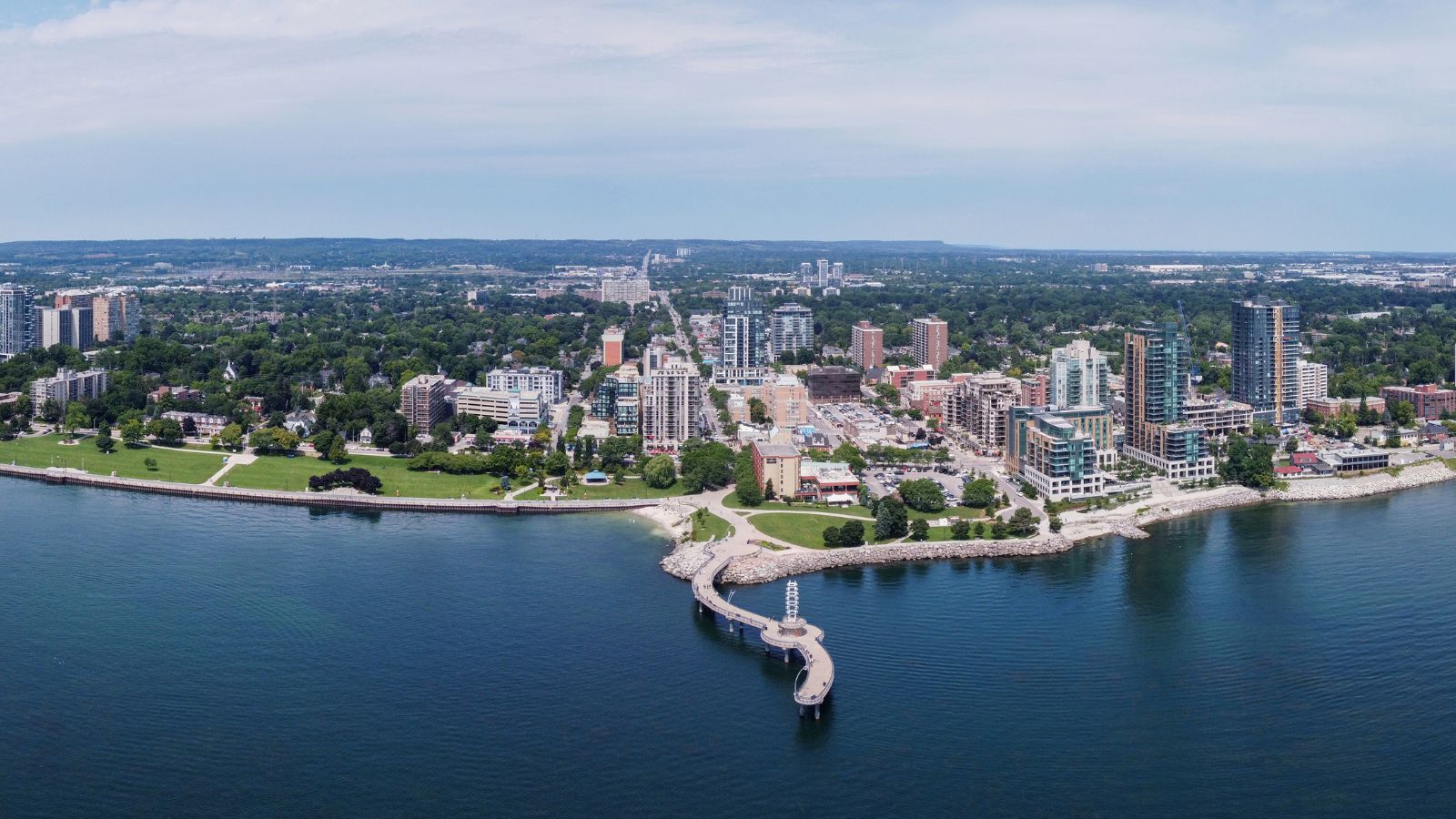
Burlington combines sweeping lake vistas with a burgeoning clean-tech and advanced manufacturing sector. Low unemployment, high median household incomes, and award-winning schools make it one of Canada’s most livable mid-sized cities. The city’s Action Plan prioritizes sustainable growth, with targets for green space preservation, active transportation networks, and energy-efficient building standards.
Bowmanville, Ontario
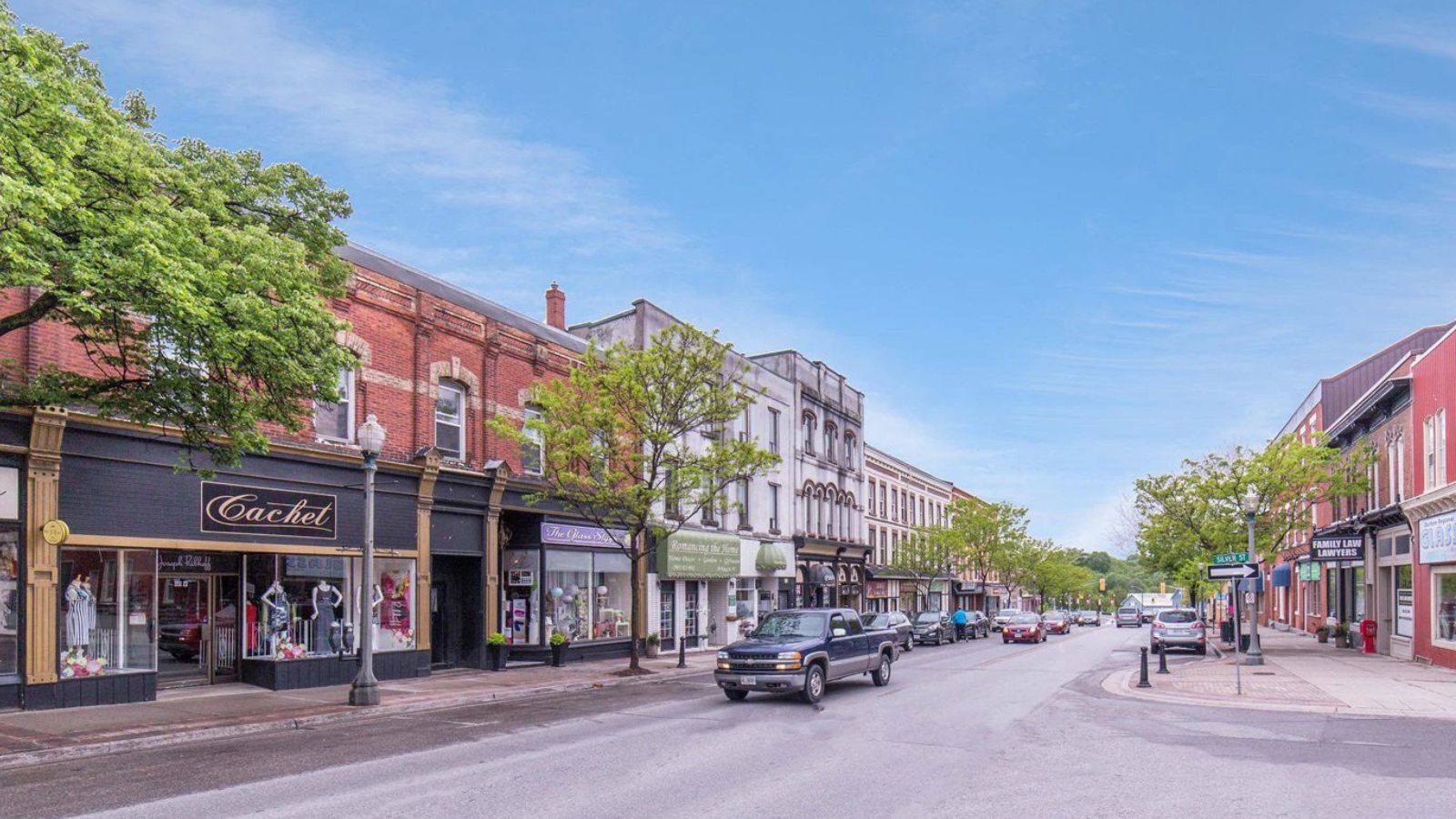
Just east of Oshawa, Bowmanville is riding the GTA’s outward expansion. New GO Transit services are connecting Bowmanville to downtown Toronto in under two hours, catalyzing residential and commercial developments. Yet the town retains its small-town character: heritage main streets, farmers’ markets, and community events like the Santa Claus Parade still form the social fabric.
Cochrane, Ontario
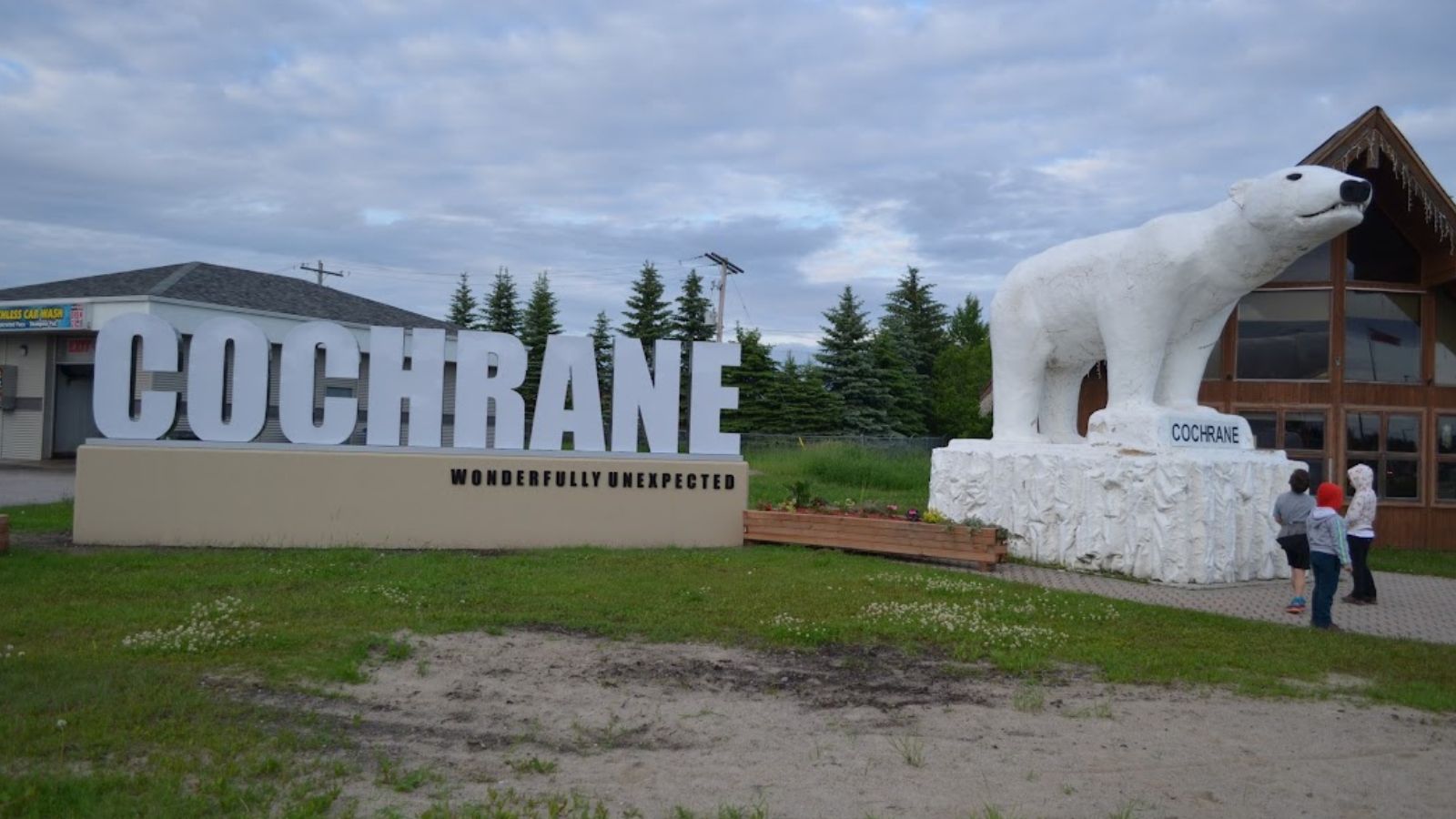
Cochrane made headlines with its bold “$10 Land” program offering free land parcels (pay a $10 administrative fee) to entice new residents. Though initially a publicity stunt, it has spurred genuine interest: retirees seeking a quiet life, remote workers drawn by affordable housing, and entrepreneurs enticed by startup grants. Local infrastructure, including high-speed internet, winter road maintenance, and new community centers, is expanding to support the growing population.
Moncton, New Brunswick
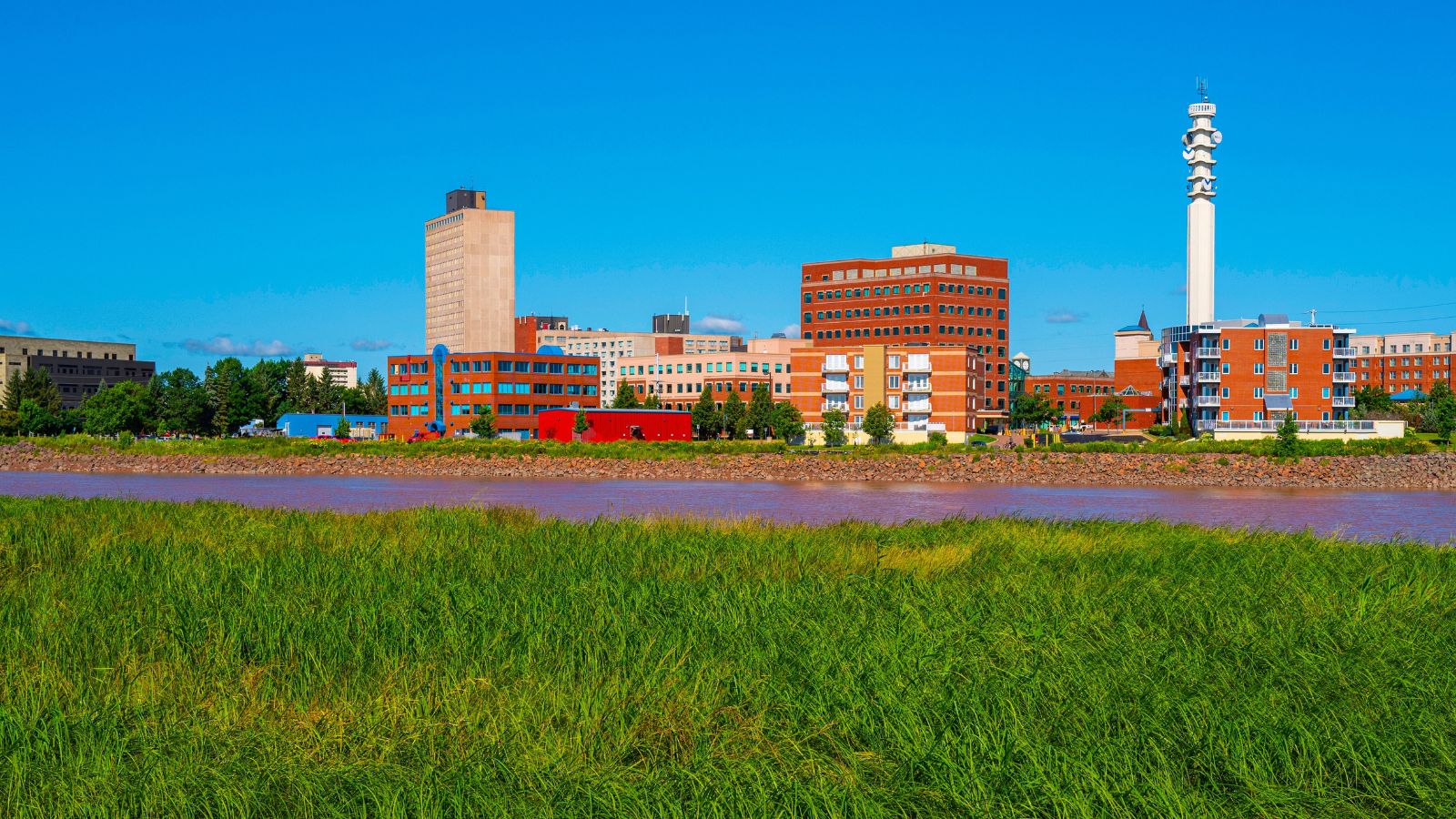
Moncton’s rebirth as a logistics hub is anchored by the Port of Moncton and a resurging aerospace cluster. Yet the city has not lost its warmth: bilingual festivals celebrate Acadian and anglophone cultures, and a new riverfront development features pedestrian promenades, eateries, and event plazas that draw locals and tourists alike.
Fredericton, New Brunswick
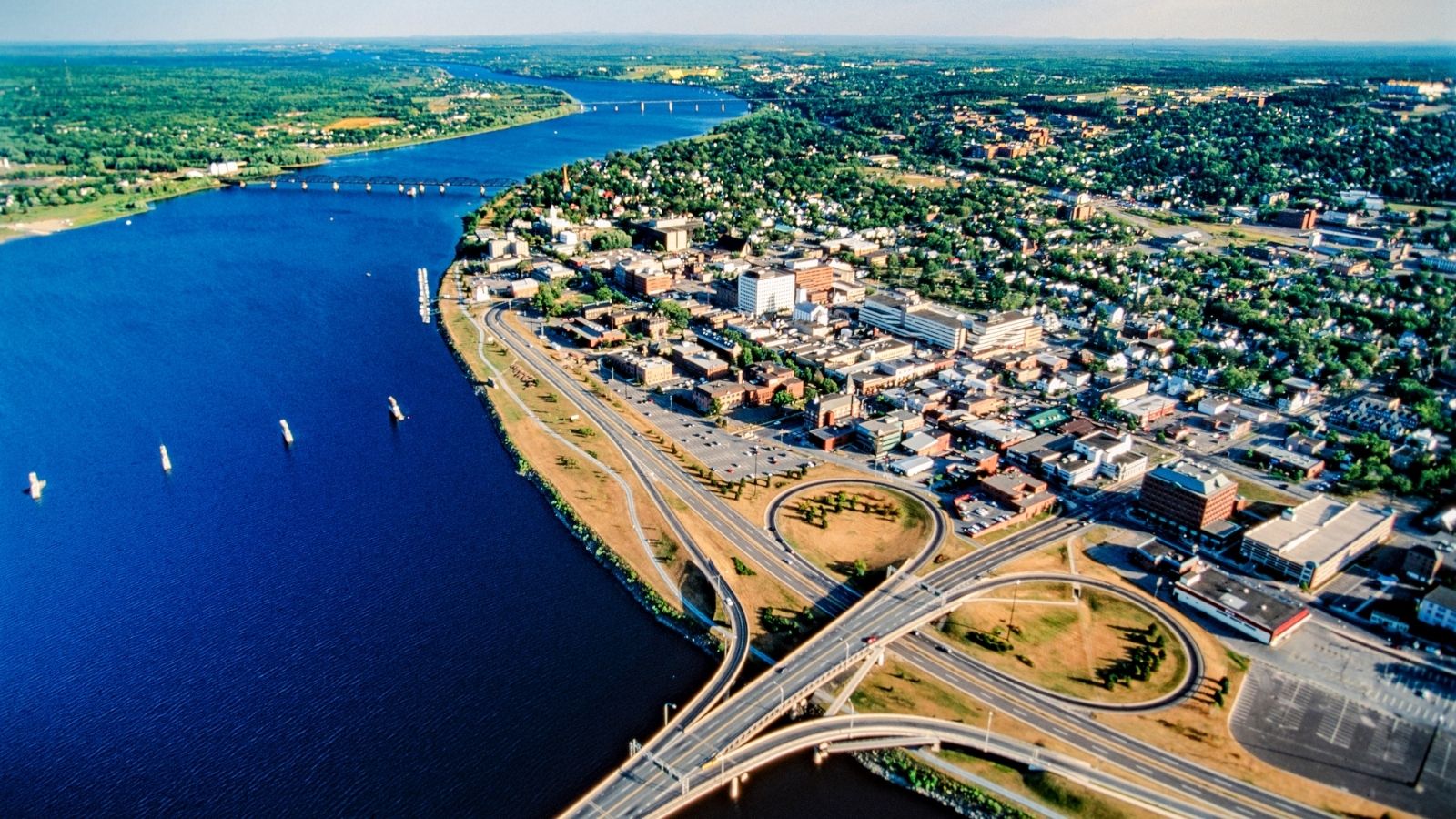
Fredericton blends colonial heritage with cutting-edge research. The city’s “smart zone” innovation district, in partnership with the University of New Brunswick, accelerates startups in digital media, cybersecurity, and green tech. Meanwhile, historic downtown streets are lined with craft galleries, cafés, and the annual Harvest Jazz & Blues Festival, ensuring Fredericton is as lively culturally as it is intellectually.
Charlottetown, Prince Edward Island
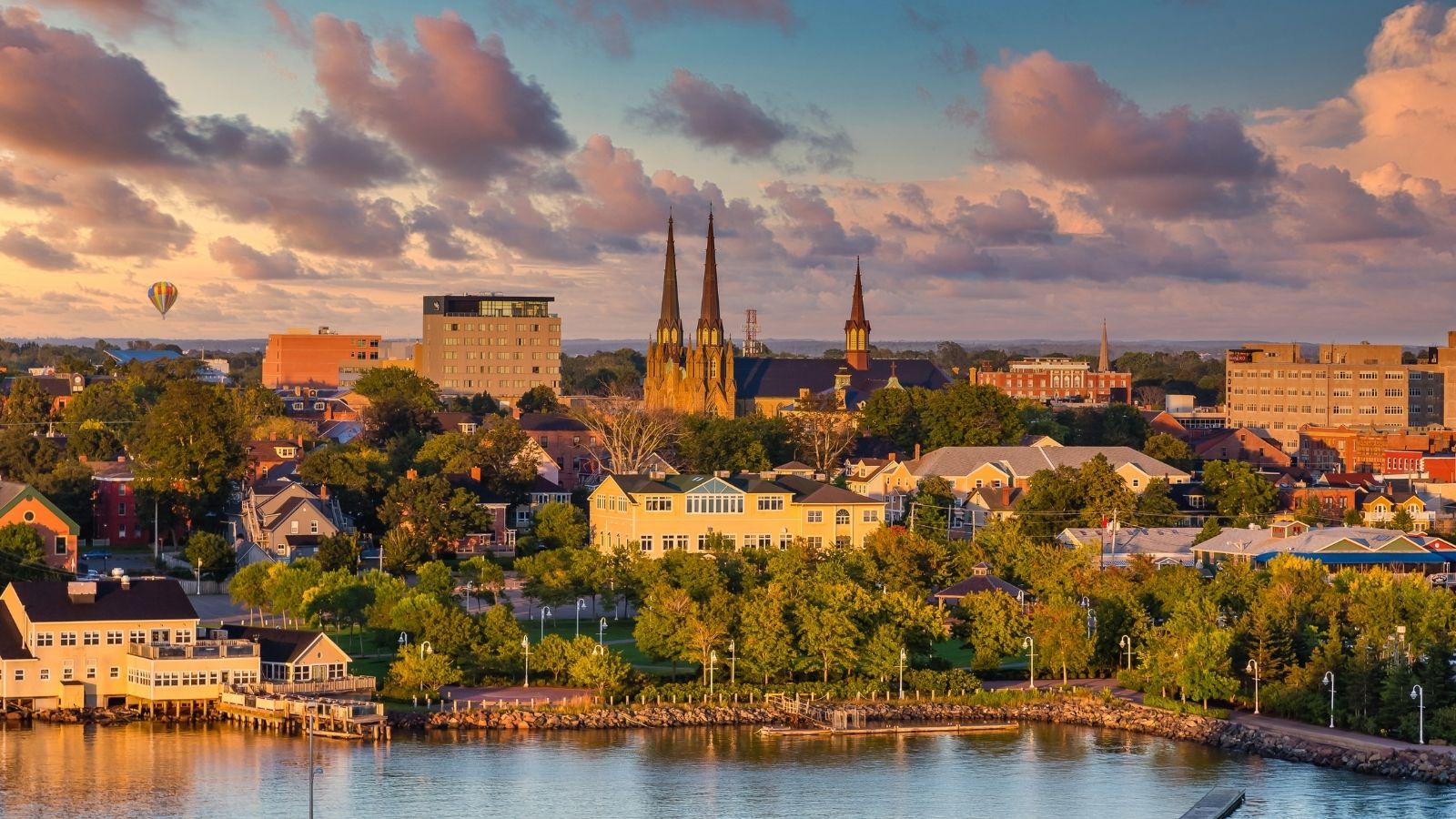
While Charlottetown is technically a city, its small-scale vibes and island charm place it in the “town” category for many. Culinary tourism is booming thanks to PEI’s mussels, potatoes, and oysters, and an expanding boutique hotel scene is catering to foodies and Heritage Festival attendees. The government’s year-round immigration incentives are also helping to diversify the workforce and support entrepreneurial ventures.
St. John’s, Newfoundland & Labrador
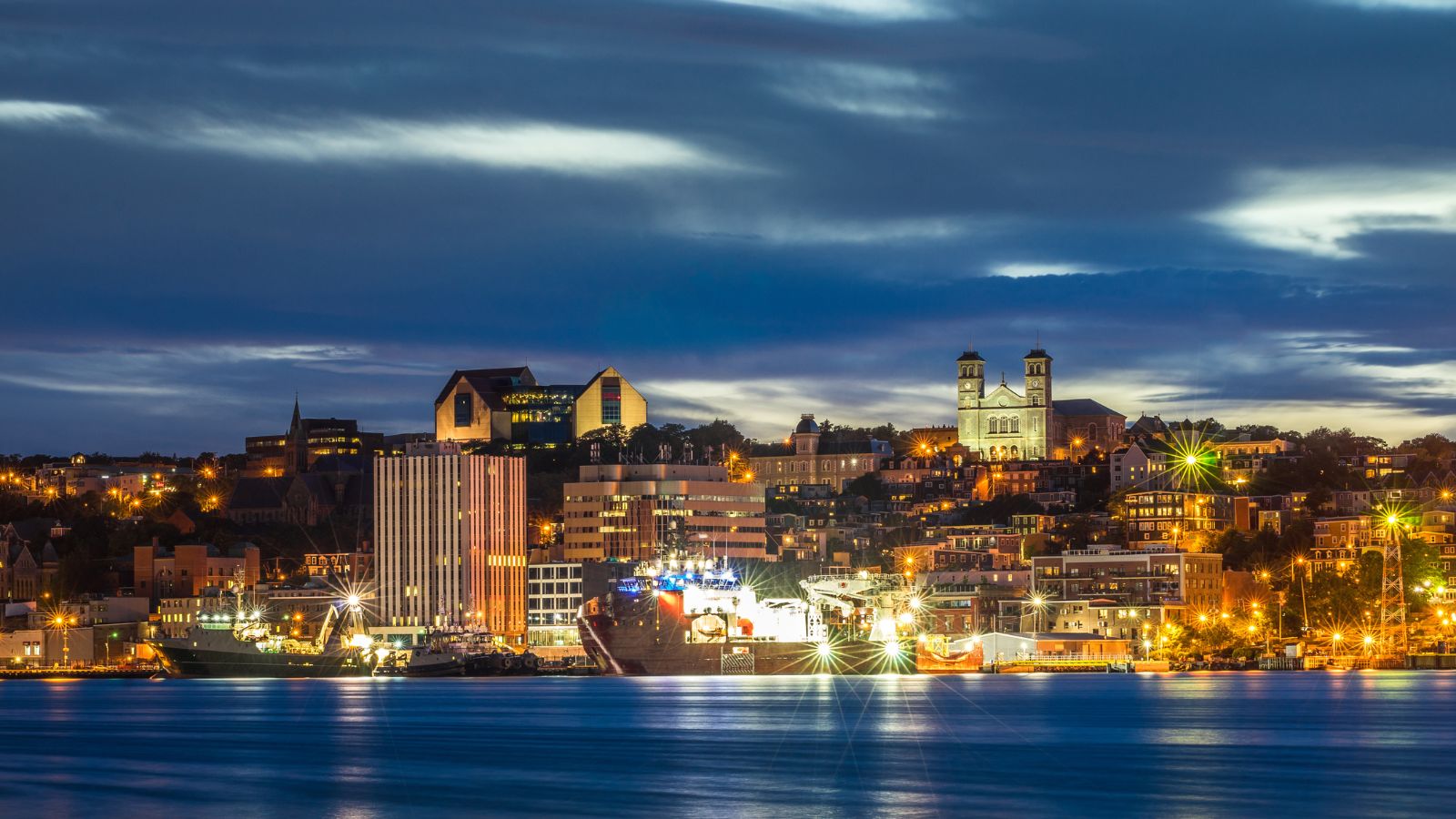
St. John’s may already be on the map, but its outer communities, Conception Bay South, Mount Pearl, and Paradise, are the real sleepers. These suburbs are experiencing residential booms as young professionals seek housing outside the city core. Infrastructure upgrades, like the new Outer Ring Road and expanded hospital facilities, are keeping pace with population growth.
Trois-Rivières, Quebec
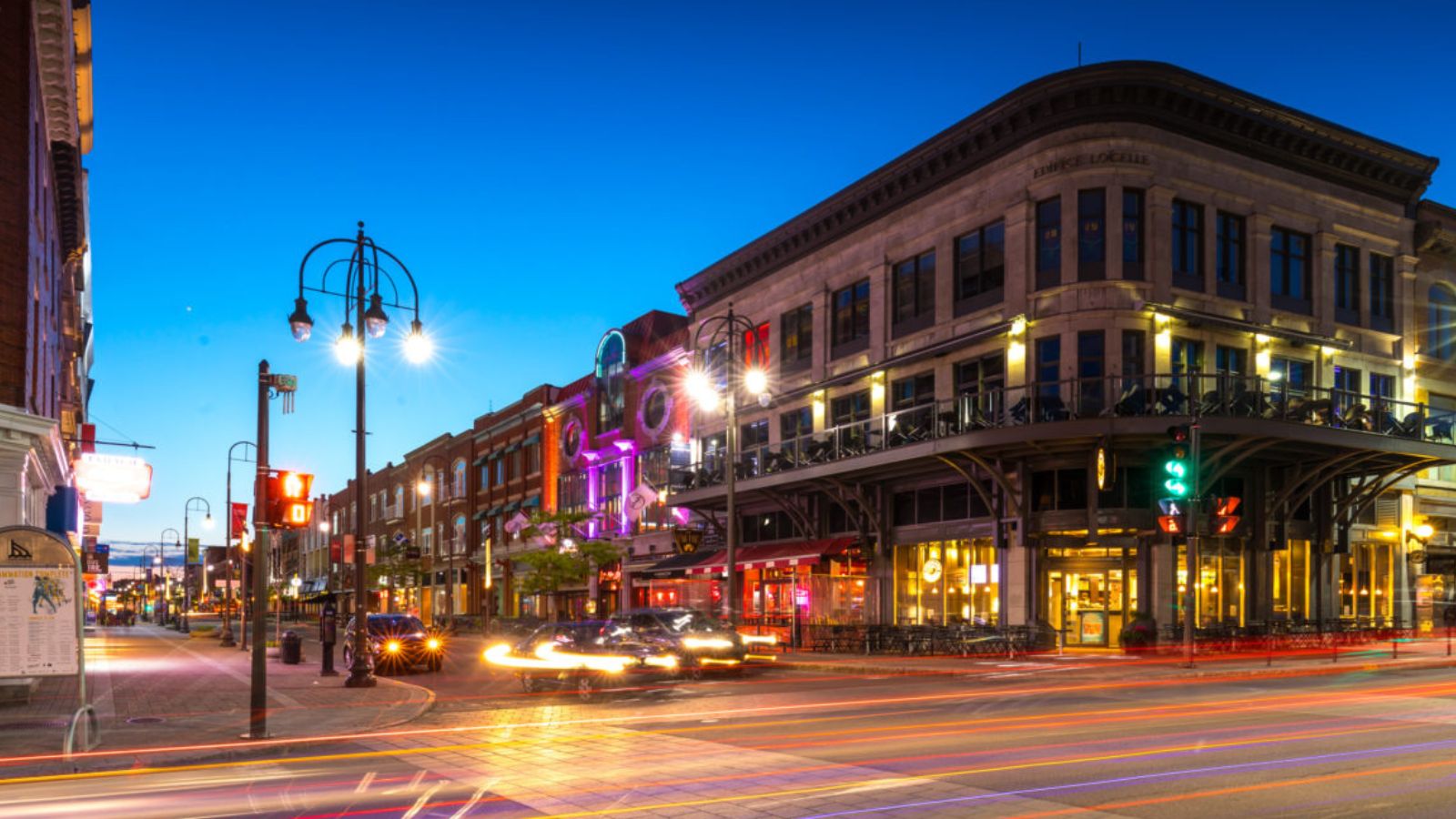
Sandwiched between Montreal and Quebec City, Trois-Rivières offers a blend of affordability and cultural vitality. Its downtown has undergone a renaissance: cafés, bistros, and microbreweries line cobblestone streets, while the vibrant Festival International de la Poésie highlights the city’s literary flair. Proximity to major urban centers makes Trois-Rivières an attractive commuter alternative.
Saguenay, Quebec
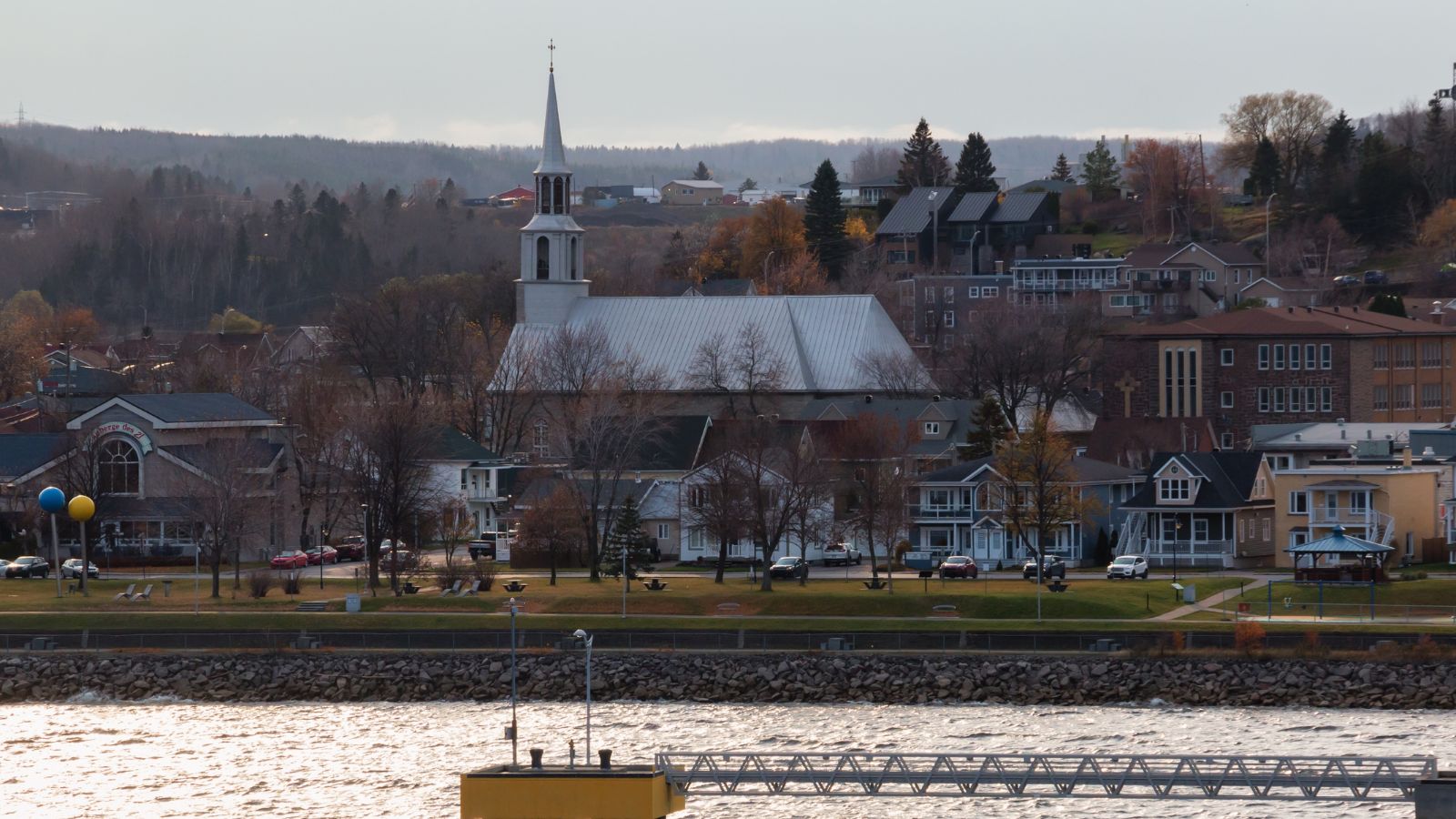
Set against the dramatic backdrop of the Saguenay Fjord, this city–region combines eco-tourism with a growing aerospace and aluminum industry. Winter sports at nearby Mont-Valin and summer cruises on the fjord attract visitors year-round, spurring hospitality investments. Local universities are feeding talent into green-tech startups focused on sustainable resource management.
Corner Brook, Newfoundland & Labrador

Corner Brook serves as the gateway to the Great Northern Peninsula and the Long Range Mountains. Historically reliant on the pulp and paper industry, the town is shifting its focus toward tourism, aquaculture, and renewable energy. While community-led festivals like the Writers & Readers Festival highlight the town’s creative spirit, the Humber Valley Adventure Trail and ski operations at Marble Mountain attract adventure seekers.
Fogo Island, Newfoundland & Labrador
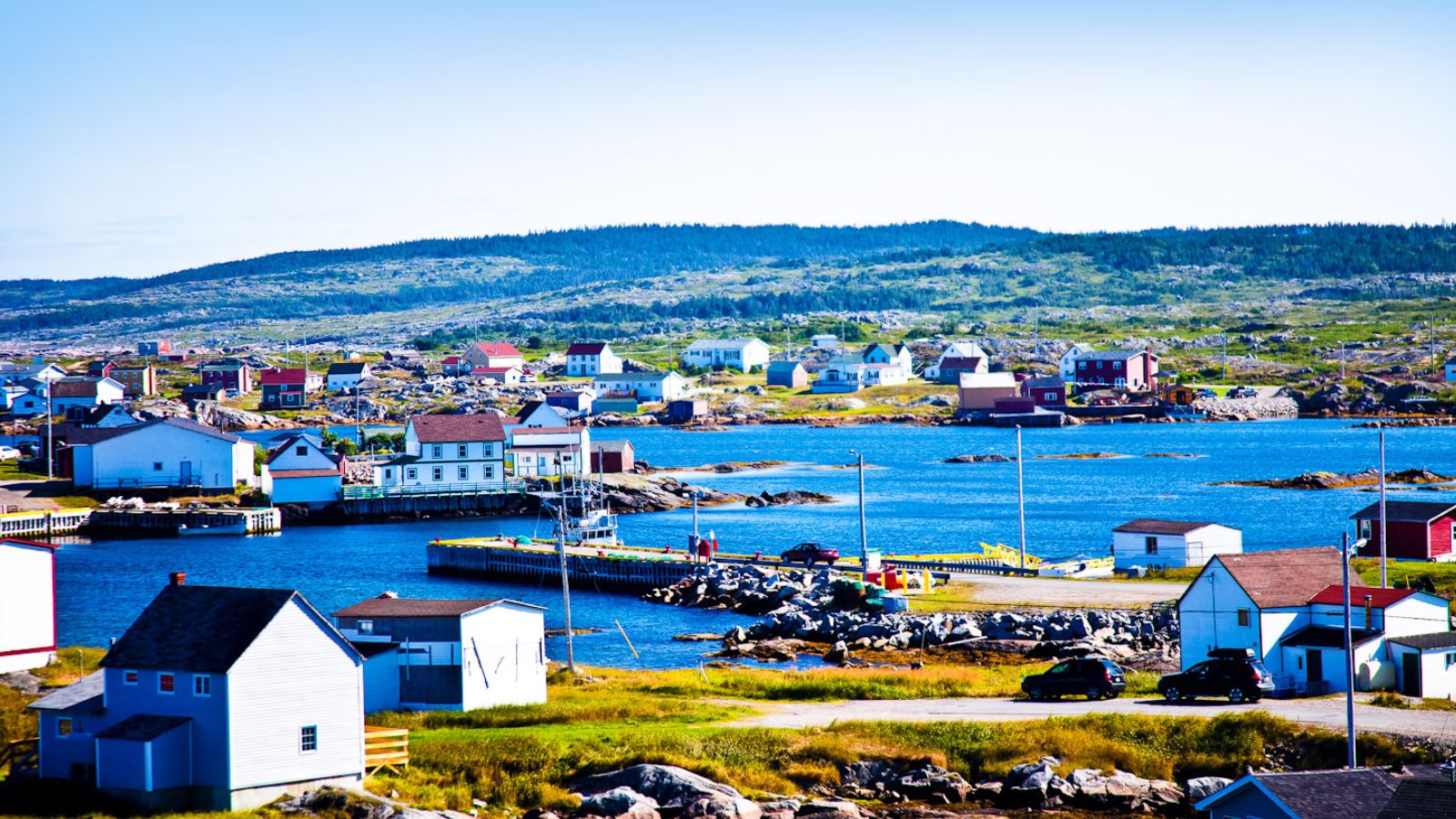
Fogo Island defies the “town” label; it’s an archipelago with six small communities, but its global reputation demands mention. The Fogo Island Inn, designed by Saunders Architecture, has put this remote locale on the map, showcasing the power of community-driven tourism. Artist residencies, traditional crafts, and locally sourced cuisine are turning the island into a model of sustainable development.
Conclusion

Canada’s up-and-coming towns share a common thread. They are leveraging unique local strengths, whether natural beauty, cultural heritage, strategic location, or innovative policies, to forge new paths forward. These small towns offer compelling alternatives as housing costs rise in major metropolitan centers and remote work becomes entrenched. So, whether you’re planning a relocation, scouting investment prospects, or simply dreaming of your next travel destination, keep an eye on these 20 Canadian towns.
25 Countries Predicted to Become Economic Superpowers in the Next 20 Years

The strength of an economy plays a crucial role in various international policies about trade and relations. Certain factors determine the strength of an economy, including population growth, availability of resources, and development and advancement. Here are 25 countries predicted to become economic superpowers in the next 20 years
25 Countries Predicted to Become Economic Superpowers in the Next 20 Years
